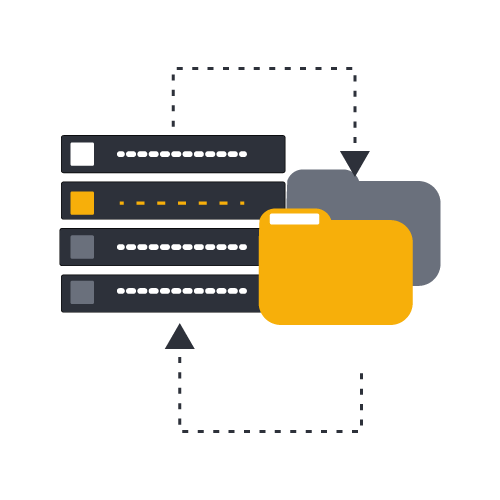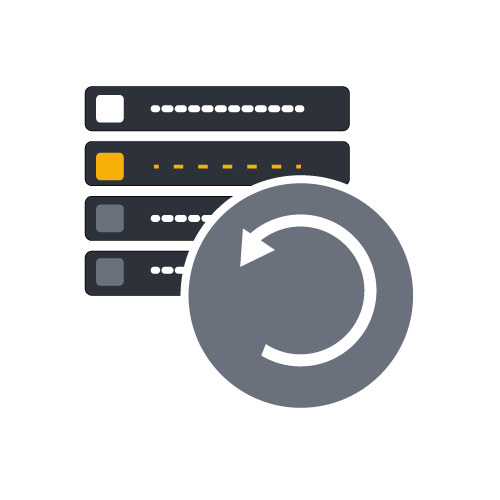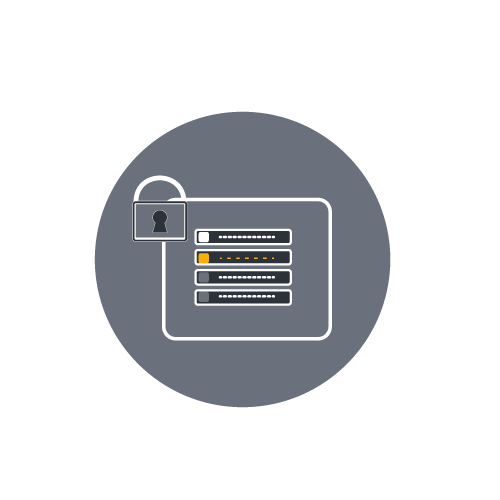Hybrid Cloud
Helping Your Organization be Flexible, Scalable & Secure.
Data Centre
Our experience of building Data Centre solutions spans over 30 years and across more than 300 organizations from small to large enterprises.
Our team will understand how to update or build your environment with technologies that will meet your specific needs and ensure that we have factored performance, availability, security, and TCO into all of our designs.
Cloud
When planning a transition to the cloud, there are several important considerations to keep in mind.
We can help you through this process and will consider factors specific to your environment that can include: An Application Assessment, Migration Strategy, Security Review, Integration to the On-Premise environment, Backup and Recovery and Cost management.
Working with our team of experts will help ensure a successful migration to the cloud.

Infrastructure as a Service (IaaS)
Hosting Infrastructure for your organization or leveraging public cloud can sometimes not facilitate your specific needs.
Turning Point Infrastructure as a Service (IaaS) models provide dedicated, managed underlying infrastructure, including servers, storage, networking, and data centres, enabling our clients to deploy and manage their own software and applications on top of that infrastructure.
By leveraging our IaaS offerings, our clients can avoid the costs and complexity of maintaining their own physical infrastructure and can instead access and pay for computing resources on a pay-as-you-go basis.
This allows for greater scalability and flexibility, as you can easily increase or decrease the amount of resources needed depending on your current workload.
Backup & Recovery
We have selected leading Intelligent backup and recovery solutions that help businesses protect their data and recover it quickly in the event of a disaster.
These solutions leverage machine learning and artificial intelligence (AI) to automate backup and recovery processes and make them more efficient.
The intelligent backup and recovery solutions provided by Turning Point provide faster recovery times, improved data accuracy, and reduced downtime. These solutions can help our clients to meet their Recovery Time Objectives (RTOs) and Recovery Point Objectives (RPOs) more easily, ensuring that they can get back to business as usual as quickly as possible after a disaster.
Intelligent backup and recovery solutions typically use a range of advanced technologies to achieve these benefits.
Many of our chosen platforms use machine learning algorithms to analyse patterns in data usage and predict which files are most likely to be needed in the event of a disaster.
This can help to ensure that critical data is backed up more frequently, reducing the risk of data loss.

Key Features of Intelligent Backup & Recovery Solutions
Incremental Backups
Rather than backing up entire systems every time, intelligent solutions can perform incremental backups, which only back up files that have changed since the last backup.
This reduces the amount of data that needs to be backed up, making the process faster and more efficient.
Intelligent Data Compression
Intelligent data compression: These solutions can use intelligent compression algorithms to reduce the size of backup data, making it easier to store and transfer.
Cloud-based Backups
Intelligent backup and recovery solutions that can also leverage cloud-based storage to provide greater flexibility and scalability.
This allows businesses to store backups off-site, reducing the risk of data loss due to local disasters such as fires or floods.
Turning Point can assist with understanding the organization’s RTO and RPO goals and provide the right solution to meet those demands. Ensuring at a minimum, faster, more accurate backups and more efficient recovery processes, helping businesses to protect their data and minimize downtime in the event of a disaster.

Disaster Recovery
Disaster recovery planning is an important process that helps organizations prepare for and respond to potential disasters. Turning Point helps organizations to prepare a solid Disaster Recovery plan through;
- Conducting a risk assessment: Identify potential disasters that could affect your organization, such as natural disasters, cyberattacks, power outages, and more.
- Defining critical business functions: Identify the critical functions of your business and prioritize them according to their importance to the organization.
- Establishing recovery objectives: Determine the maximum amount of time your business can be without critical functions and the maximum amount of data that can be lost.
- Developing a plan for recovery: Create a step-by-step plan to recover from the disaster and restore critical business functions.
- Designing redundancy: Implement redundant systems and backup solutions to ensure that critical data and functions are not lost in the event of a disaster.
- Establishing a communication plan: Create a communication plan to ensure that all employees, customers, and stakeholders are informed of the disaster and the steps being taken to recover.
- Testing the plan: Once Implemented, regularly testing the disaster recovery plan to ensure that it is effective and up-to-date.
By following these steps, our clients benefit from a disaster recovery plan that helps them prepare for and respond to potential disasters.
Cyber Recovery
ROBUST STRATEGIES FOR A CONSTANTLY CHANGING LANDSCAPE
With the ever-growing threat landscape, a traditional Disaster Recovery Plan no longer meets the demands for Cyber Insurance.
Cyber Recovery solutions need to adhere to a set of processes, procedures, and technologies designed to enable an organization to recover from a cyber attack or other security breach.
Turning Point Cyber Recovery solutions combine hardware, software, and professional services including backup & recovery software, storage systems, virtualization software and various security tools.
Cyber Recovery Solutions are critical for businesses as cyber-attacks become more sophisticated and frequent.
These solutions typically involve three key elements.

BACKUP
Organizations must have a robust backup strategy that ensures critical data is regularly backed up to a secure location. This ensures that if a cyber attack occurs, the organization can restore data and systems to a known good state.

ISOLATION
Isolation involves creating an air-gapped or physically separate environment where the organization can safely restore its systems and data without the risk of re-infection. This is typically done by creating a separate network or storage area that is not connected to the primary network.

Restoration
Once the organization has isolated its systems and data, it can then begin the process of restoring them to their original state. This involves verifying the integrity of the data, scanning for malware, and ensuring that all systems and applications are properly configured.